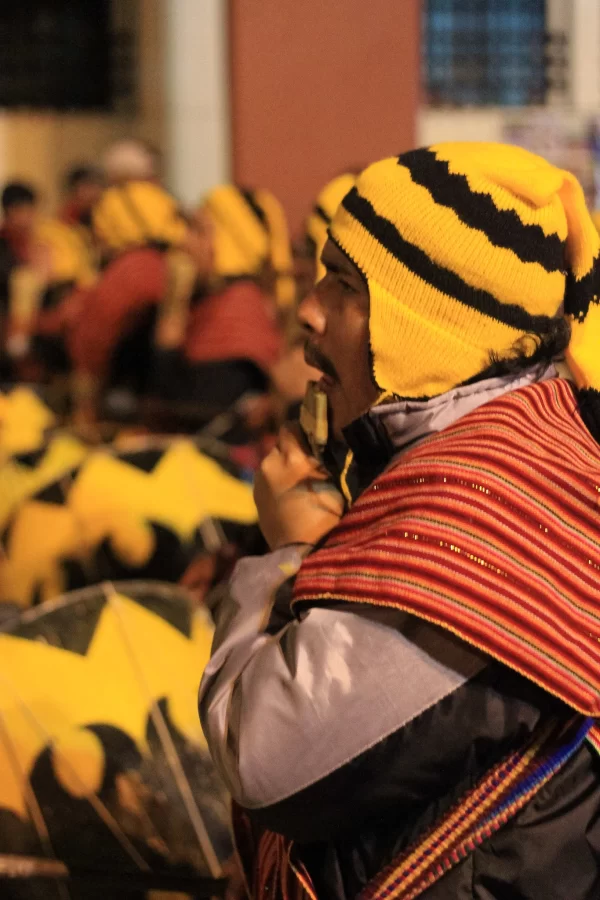
The festivity of the Virgin of Candelaria is one of the biggest festivities in Peru and America. This celebration is based in the city of Puno where year after year the faithful and devotees come together to worship the virgin, in a wonderful display of hundreds and hundreds of dancers and musicians, the feast of the Candelaria is certainly a celebration not to be missed.
Table of Contents
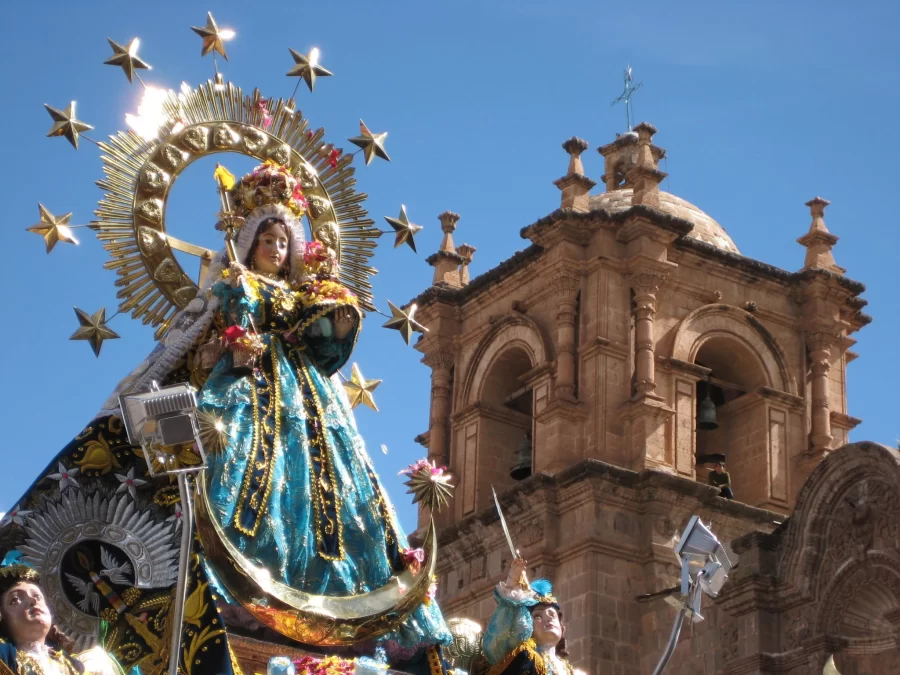
The image of the Virgin was brought from Spain on February 2, 1583, the origin of this image is on the island of Tenerife in Spain, where legend has it that the Virgin Mary would have appeared to two young shepherds, who then carved a sculpture of the Virgin with the iconography that she presented in that vision. Years later in the town of Huancané, a great devotion to the image of this virgin began, and it was transferred to the cathedral of San Juan in Puno.
Nowadays, it is known that the original name that the virgin would have had in Tenerife Island was ''The Mother of the Sustainer of Heaven and Earth'', when she arrived to Puno she would have been named as the Virgin of Candelaria, presumably because of the candle that she holds in her right hand.
We know that there are multiple representations of the Virgin Mary, which allude to different stages in her life.
According to the iconography that surrounds the Virgin of Candelaria we can appreciate among its main attributes
It should be noted that the festival is held every February 2, 40 days after the birth of the child, coinciding with the iconography of the Virgin.
The origin of the devotion is given when the year 1781 the town of Puno was surrounded by the rebel warriors of Tupac Catari, in the middle of the rebellion was taken in procession to the Virgin, which caused the withdrawal of the warriors to consider it a divine force that brought support forces for the Spanish army. Since then the Virgin Candelaria was declared patron and protector of Puno.
The festival of La Candelaria is particularly special because of all the cultural and artistic display that the people of Puno perform every year.
The same Jose Maria Arguedas leaves in his writings the year 1967 the following phrase ''In no other region of Peru and without a doubt of America can be found so varied and so many dances as in Puno…'' Without a doubt Puno is for this and other reasons recognized as ''The Folkloric Capital of Peru'', being recognized the festivity of the Candelaria as Intangible Cultural Patrimony of the Humanity by UNESCO and Cultural Patrimony of the Nation.
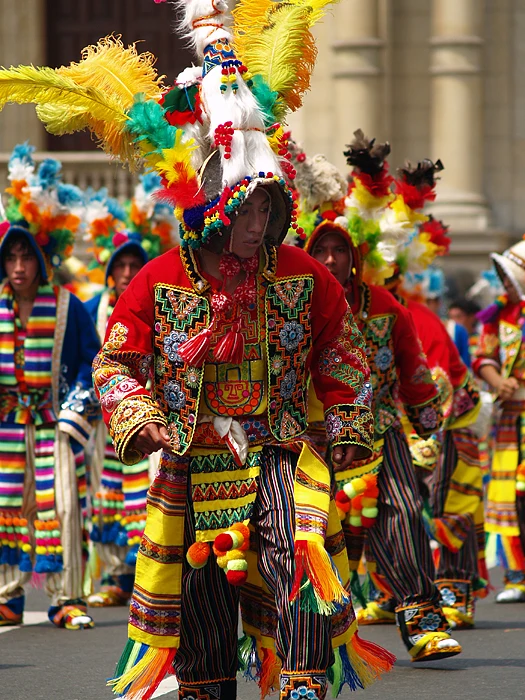
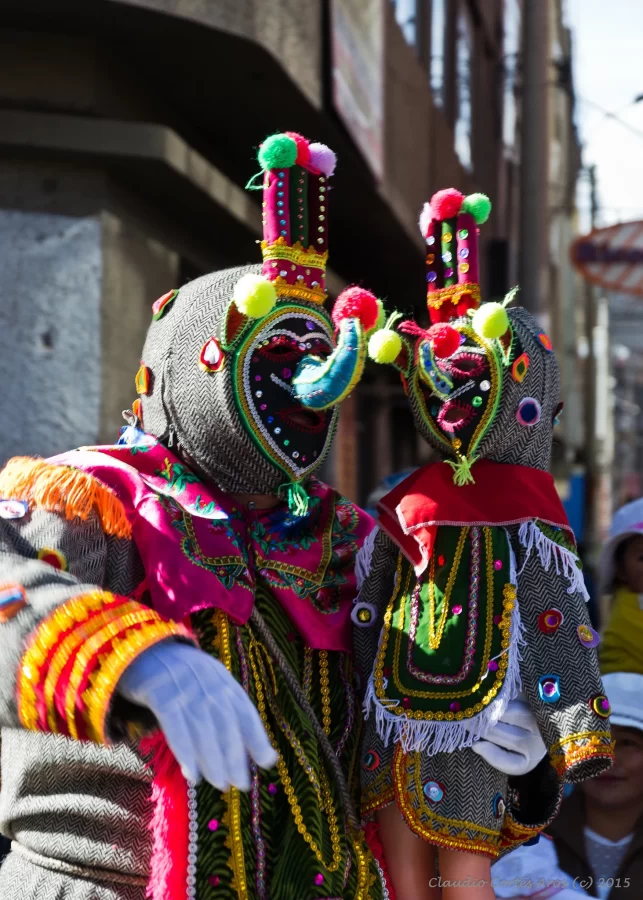
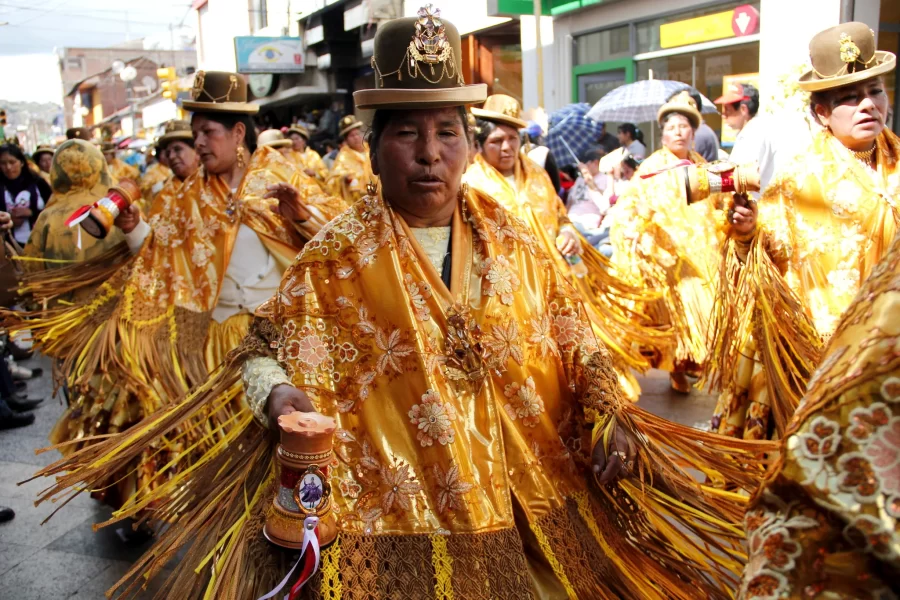
The dances that are presented in the festivity are of Pre-Hispanic, Colonial and Republican origin and dances that during the process of evangelization were changing to adapt to the new religious doctrine during the XVI and XVII centuries.
Currently, the syncretism created years ago in the religious artistic manifestations we can observe an endless number of dances that worship the Virgin, as formerly worshiped the Inca deities, such as the sun, the mallkis or Pachamama.
Among the most representative dances that can be seen in this festival we have:
